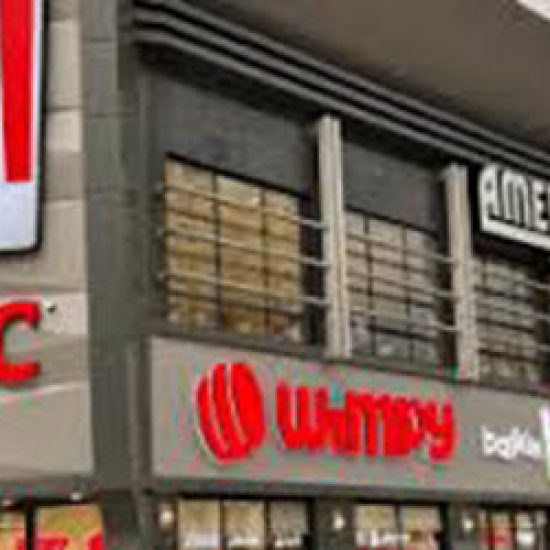|Special by TAP Staff| RERA’s Rent Index system continues to be unrealistic as it fails to factor in variables such as views, size of units, age of the building, and this might may trigger a period of ‘off-grid’ deals, where landlords and tenants agree to rents that are not in sync with RERA’s recommendations, property consultants Cluttons has predicted.
The Cluttons’ report highlights that with supply levels continuing to edge up, landlords are growing wary of the threat of longer void periods due to the fear of an increased level of choice for tenants. This may prompt landlords to settle for rents that may be lower than the Rera rental matrix.
The report says that the threat of overheating in the property market has been removed as a result of landmark real estate regulatory changes including the federal mortgage cap and Dubai’s doubling of property registration fees last year.
Cluttons Spring 2015 Dubai Residential Market Outlook report, highlights that, the upward creep of project completions, coupled with the slow motion impact of new real estate regulations and the general dent to sentiment as a result of the slowing rate of house price growth, in a sentiment-driven market has weighed heavily on the emirates residential market, with the 2015 outlook remaining somewhat mute, with villas expected to bear the brunt of price declines. The first quarter of the year saw overall home values edge downward by a further -0.8%, leaving average prices -0.5% down on this time last year and 19.4% below the Q3 2008 historic peak.
Steve Morgan, Chief Executive at Cluttons Middle East commented: “The Federal Mortgage Caps have been in place for over a year now and the impact on the villa market has been particularly pronounced. The anniversary of the game changing Federal Law has passed relatively unnoticed, however this has had a positive, but powerful influence on the level of transactions. During 2014, just under 1,300 villas changed hands, down 52% on 2013. The number of transactions during Q1 2015 was down 36% on the same quarter last year.”
Cluttons’ report highlights, that the total amount of upfront equity required for the purchase of an AED 5.5 million villa has gone up from 20% to 42% with the introduction of the mortgage caps, which means that households aspiring to purchase have to make a substantial increase in provisions to make the transition from rented accommodation.
“The sustained growth in rents over the past 18 months has exacerbated the challenges of amassing a deposit, while the cost of living has continued to rise. There may be some respite on the horizon as the dirham continues to strengthen, driving down inflation,” Morgan added.
Cluttons’ international research and business development manager, Faisal Durrani explained, “Reflecting on the performance of the market over the past 18 months, it’s clear we have rushed through Dubai’s second property cycle and are now in a place where the market as a whole is rapidly searching for a new floor. The regulations have been instrumental in reigning in the market and the slow motion impact has been gradually amplified over the past 12 months. The result has been a much more subdued market, with the risk of another rapid correction being carefully managed away, leaving the market about a fifth below the last peak in 2008 and much more stable than in 2008/09. There of course remain pockets of outperformance, where prices are holding steady such as on the Palm Jumeirah or Dubai Marina, for instance.”
With villa vendors on the back foot and properties showing signs of “sticking”, a substantive price decline by a handful of distressed sellers has been recorded by Cluttons, but these remain rare. Elsewhere, without downward adjustments, vendors are only able to drum up limited interest. A new ‘sweet spot’ appears to be emerging around the AED 3-3.25 million mark, where transactions are still taking place.



![dubai flood is artificial rain behind uaes rare torrential weather[1]](https://thearabianpost.com/wp-content/uploads/2024/04/dubai-flood-is-artificial-rain-behind-uaes-rare-torrential-weather1-e1713378975696-550x550.jpg)


![2022 09 27T183330Z 84178340 RC2RJV9S1G6M RTRMADP 3 SAUDI POLITICS[1]](https://thearabianpost.com/wp-content/uploads/2024/04/2022-09-27T183330Z_84178340_RC2RJV9S1G6M_RTRMADP_3_SAUDI-POLITICS1-e1712223217759-550x550.jpg)

